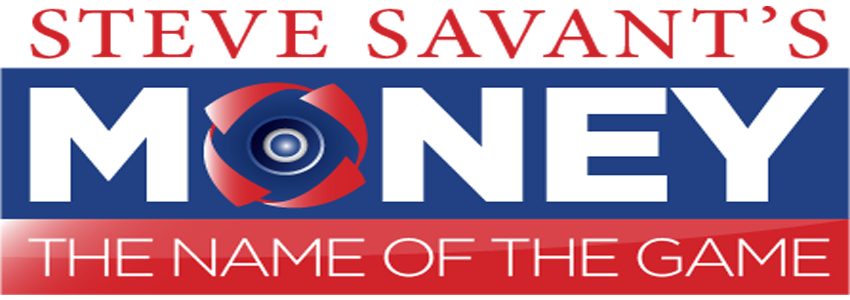 Mesa 1/18/2019 10:00:00 AM
Mesa 1/18/2019 10:00:00 AM
News / Finance
How You Save for Your Retirement Today Will Determine Your Lifestyle in Retirement TomorrowHow You Save for Your Retirement Today Will Determine Your Lifestyle in Retirement Tomorrow
Saving for Your Retirement Lifestyle

When compounding is involved, time is money. The more years that you add contributions to your plan, and the more years that any earnings increase your principal, the larger your account balance has the potential to grow.
Of course, there are no guarantees about either the rate or the regularity of the earnings. They may be outstanding one year and dismal the next, or they may go through longer, but still alternating, periods of growth and decline. That’s the reality of investing. Having time on your side means that bumps in the road, like a period when investment prices go down and your account value shrinks, may be setbacks. But they don’t have to be fatal.
401(k) plans are the most common, and best known, employer sponsored salary reduction plans. But they’re not the only ones. If you work for a not-for-profit organization such as a school or college, a hospital, a cultural institution, or a charitable organization, your employer may offer a 403(b) plan, sometimes known as a tax-deferred annuity (TDA).
Similarly, the plan a state or municipal government offers may be a 457 plan, while federal government departments and agencies provide a thrift savings plan. And if you work for a small company—one with fewer than 100 employees—you may be part of a SIMPLE plan, an acronym for Savings Incentive Match Plan for Employees.
If your employer offers a traditional 401(k) or 403(b), you may also be offered a Roth 401(k) or Roth 403(b). You defer after-tax income but your withdrawals will be tax-free if you’re at least 591⁄2 and your account has been open at least five years when you retire.
IRAs provide the best of both worlds in terms of investment vehicles—the flexibility of individual investments combined with the opportunity for tax-deferred growth. So the best IRA investment strategy takes advantage of both these strengths. If you’re in a low effective tax bracket, you may consider the non-deductible Roth IRA. There are income restrictions, so make sure you consult with your tax adviser and investment professional.
Contributions from the book It’s Your Financial Life in this press release are used with permission from Light Bulb Press.
